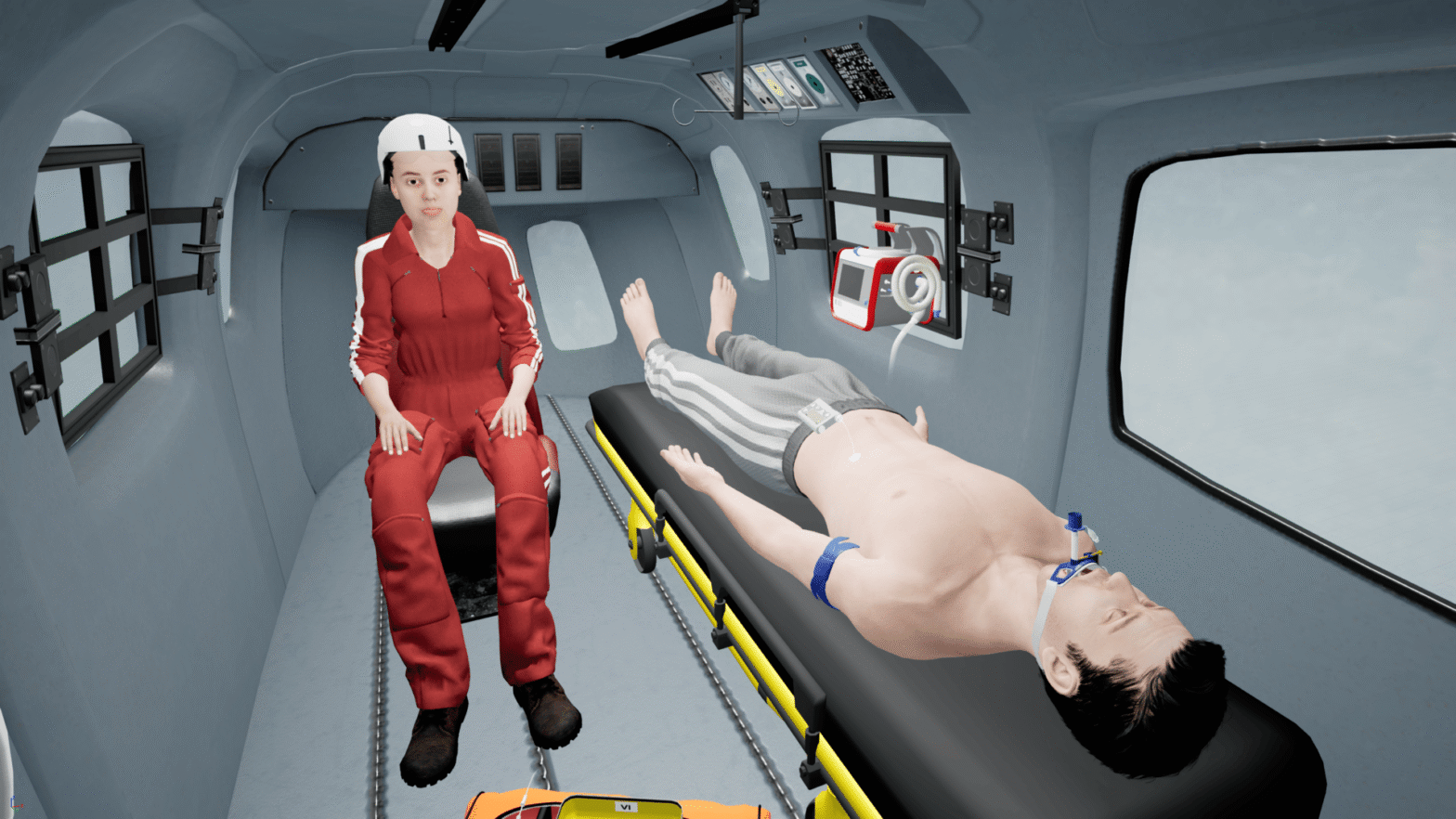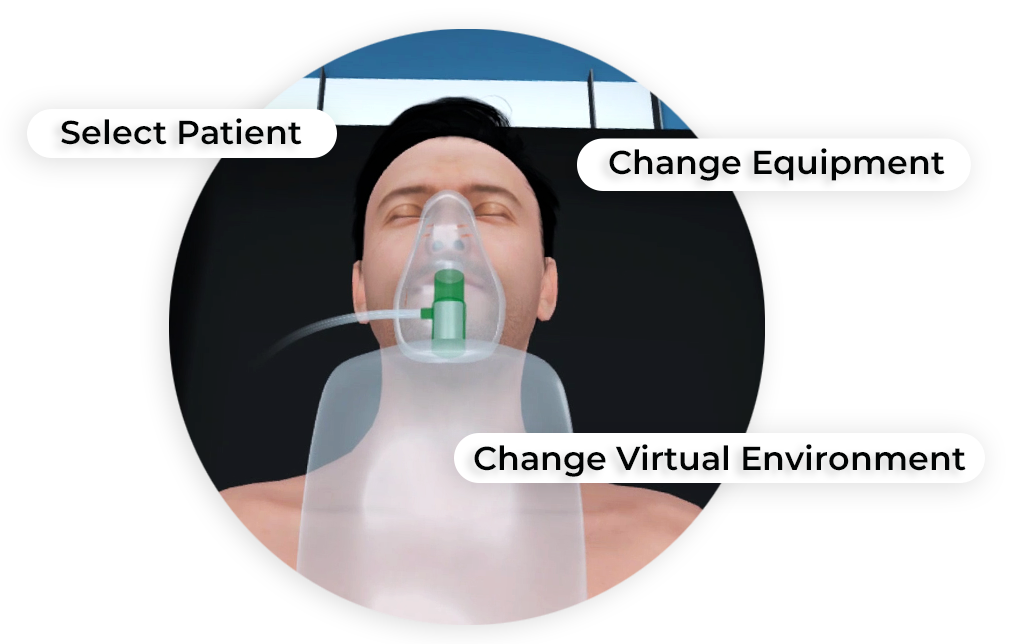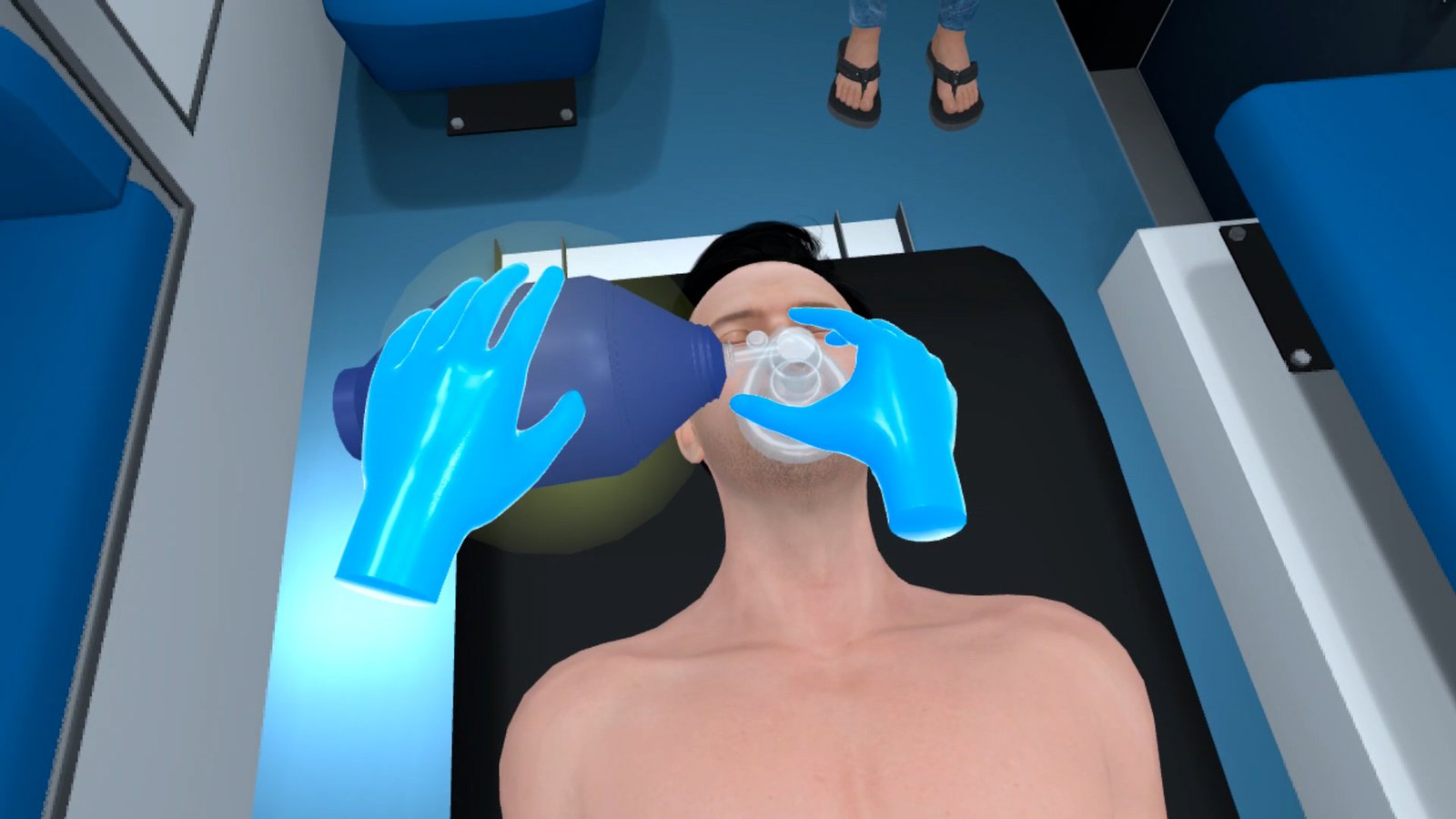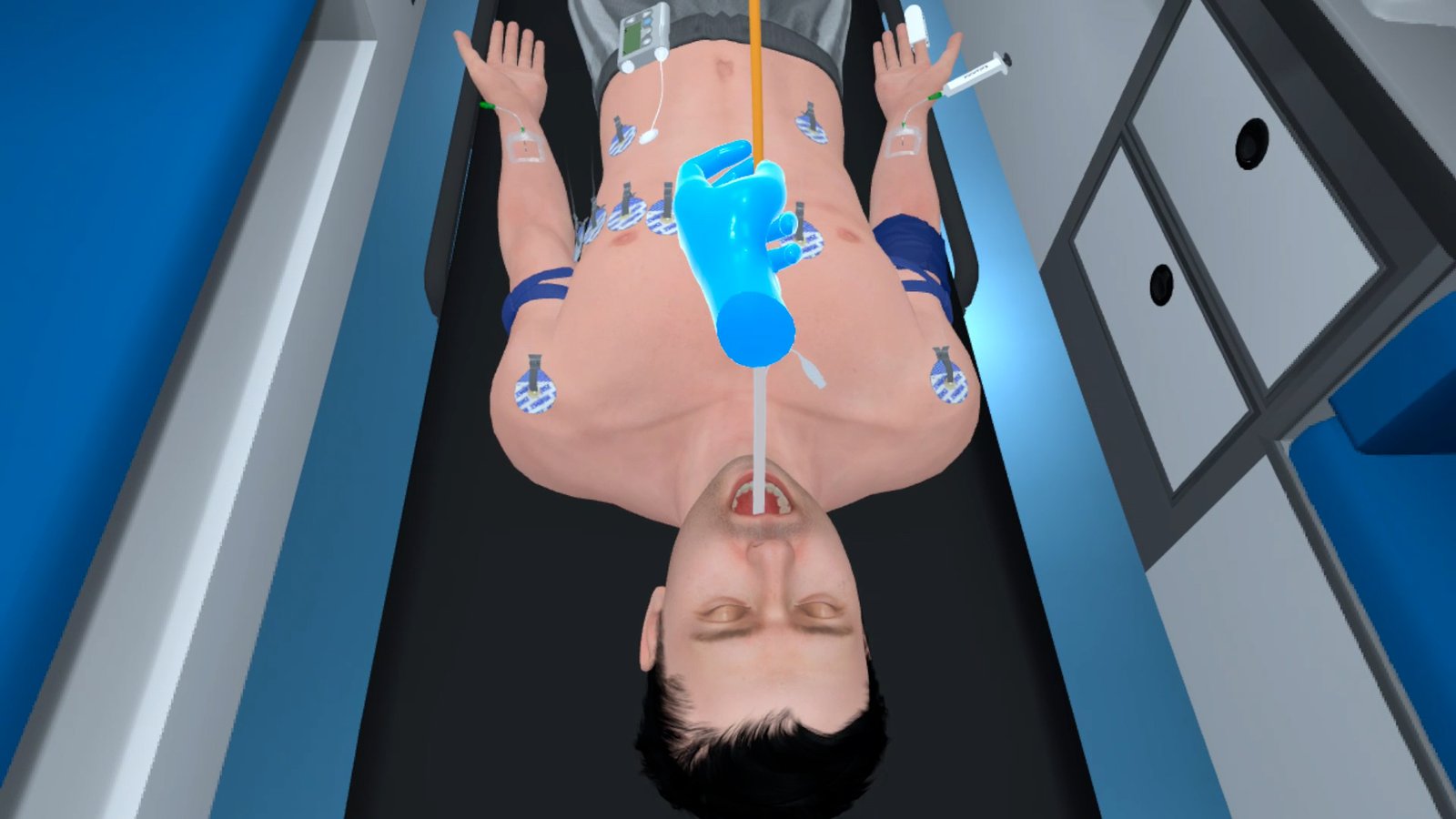Air Ambulance – Hemorrhagic Stroke
Thirty-five-year-old Jason has had a headache for four days. While watching TV with his wife, he, first develops vision problems then acutely goes unresponsive, followed by a seizure. On arrival EMS find Jason’s condition to be critical, prompting activation of an air ambulance for rapid transport to hospital.
This Hemorrhagic Stroke open scenario is designed to provide EMS professionals practice in stabilizing and treating and taking necessary steps to facilitate transport in an air ambulance to a tertiary care center.
- Recognizing and managing airway compromise in a seizing, critically ill patient
- Performing rapid sequence intubation (RSI) and initiating mechanical ventilation
- Administering appropriate medications for seizure control, sedation, and ICP management
- Establishing vascular access and interpret vital signs and ECG in neurologic emergencies
- Coordinating and executing safe transport of a neurocritical patient via air medical services

- Blanch, B., Gonski, P. N., & Krinks, R. (2013).
Impact of air medical transport in rural stroke patients: A case series. Air Medical Journal, 32(5), 257–260.
Customize Your Program
Get rid of the editor. Adopt in-VR customization.
MedVR Education is bringing to you in-VR customization that will enable you to put together your own simulations by making selections from a wide range of feature choices.
- Select patient from a diverse background
- Choose preferred virtual environment
- Configure patient vitals
- Define simulation duration
- Create patient history and train with AI-Humans
- Customize session-end debriefing
- …..many more to come

 Multi-playerSessions
Multi-playerSessions Physics-based Interactions
Physics-based Interactions
Core Skills Training

Managing Hemorrhagic Stroke
As part of this multiplayer open scenario, the learner is presented with a seizing patient who, additionally, has developed vision loss. To initiate patient care, the learner will provide BVM ventilation, establish IV access, check blood sugar and perform a 12-Lead ECG. Before proceeding to the air ambulance, the patient’s airway needs to be secured, medication administered to control the seizures, and an additional IV access established. In this realistic virtual scenario, the learner is provided with all necessary affordance to execute their tasks with efficiency. Practicing with a virtual patient helps prepare to face real-world challenges with confidence.
Debriefing
End-of-task debriefing to assess one’s performance, evaluate actions, and get the most out of the training. Examples of topics being touched upon in the debriefing include the following:
- Thorough patient assessment
- Completion of necessary steps
- Correct medication administration to patient
- Sequential completion of task
- Execution of time-sensitive tasks






